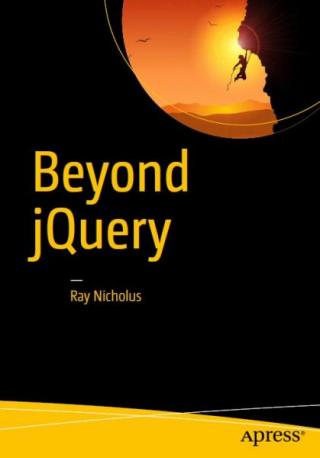
Аннотация
This book is not about bashing jQuery. Although I am personally very much in favor of directly utilizing
what the browser and the JavaScript language provide, the primary purpose of this book is not necessarily to
compel developers to abandon all third-party solutions. This is not primarily a stage to host a competition
between jQuery and the web API. I have a great amount of respect for those who have maintained and
supported jQuery since its inception. I mean no disrespect to those associated with jQuery. In fact,
similar arguments could be made about other libraries, such as underscore.js, lodash, or zepto.js. But the
ubiquitousness of jQuery makes it the most appropriate reference for this book.
The purpose of this book is to teach you about the browser’s native tools. Of course, if you want to
continue using jQuery, you may do so (not that you need my permission). This book will hopefully give
you the confidence and knowledge you need to remove this dependency from your future projects, if you
so choose. At the very least, by reading all of this, you will gain a better understanding of the web API and
JavaScript as a language, which is important to your evolution as a web developer, whether you use jQuery
or not. Although I do stress use of the native web API and JavaScript sans jQuery, my intention is not to
encourage JavaScript as a solution to all problems. JavaScript and the web API are simply tools that may be
used to solve some problems. CSS and proper use of HTML may be more appropriate solutions to some of
these problems, as you will see later on.
In addition to instilling confidence in new web developers and those a bit overwhelmed by the
browser’s native API, Beyond jQuery has many other goals. I intend to teach you about the fundamentals,
pitfalls, and best practices that are otherwise masked by jQuery. You will learn to perform common
operations and solve common problems without the use of jQuery. I will also reveal why jQuery may have
been necessary in the past, but is no longer needed with the advent of modern browsers and more evolved
web and JavaScript specifications.
When you finish this book, you will be able to write more efficient front-end code by examining some
performance issues historically associated with jQuery. Native alternatives are described as well. You will
learn more about the browser’s API, JavaScript, and even jQuery through detailed explanation and code
examples. I demonstrate how common operations are performed using jQuery, and then solve the same
problems using the web API and “vanilla” JavaScript. Beyond jQuery contains copious amounts of code
snippets, ranging from simple to complex, to help you understand how to develop something substantial
without the crutch of a third-party library.
I have also created a companion exercise for readers of this book, hosted in a GitHub repository at
https://github.com/Beyond-jQuery/exercise . This project demonstrates a number of the techniques and
native APIs described throughout this book in a single comprehensive web application. Feel free to clone the
exercise repository, run it yourself, and customize the code. Though the code itself is already annotated with
helpful comments, you may also ask questions about the exercise in the project’s issue tracker.

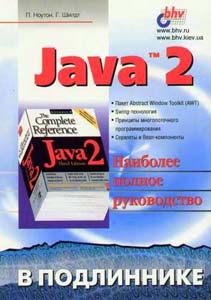
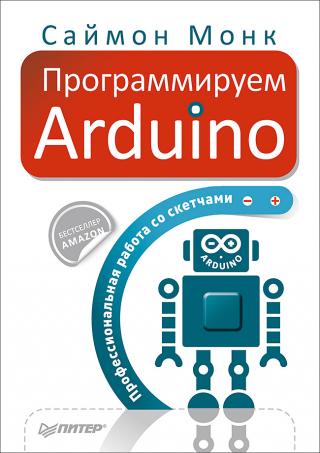
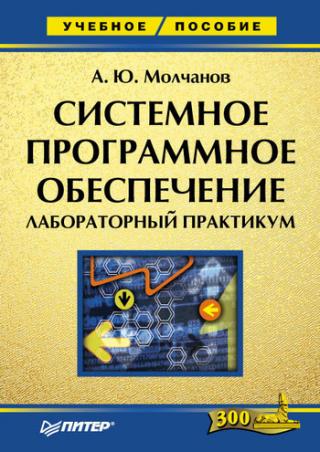

![The bible of all fundamental algorithms and the work that taught many of today The Art of Computer Programming: Volume 3: Sorting and Searching [2nd Edition]](https://www.rulit.me/data/programs/images/the-art-of-computer-programming-volume-3-sorting-and-searchi_568628.jpg)

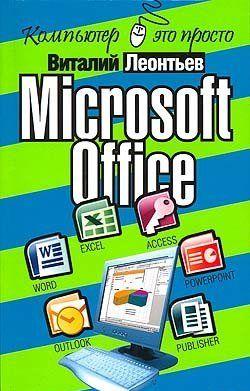
Комментарии к книге "Beyond jQuery"